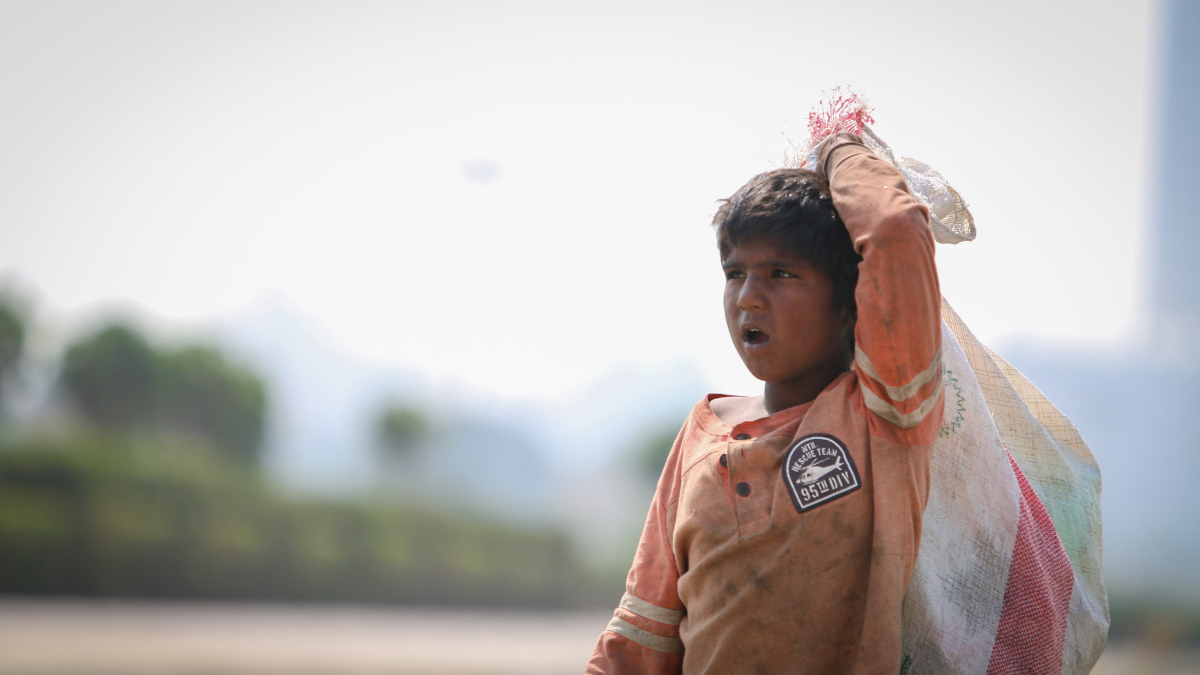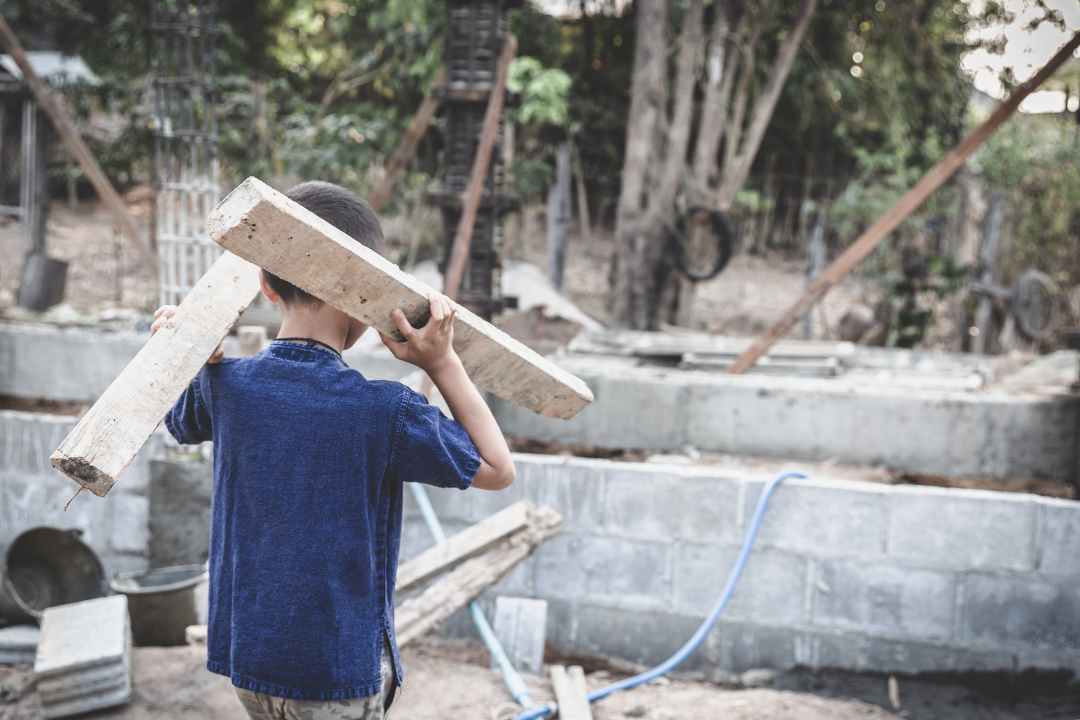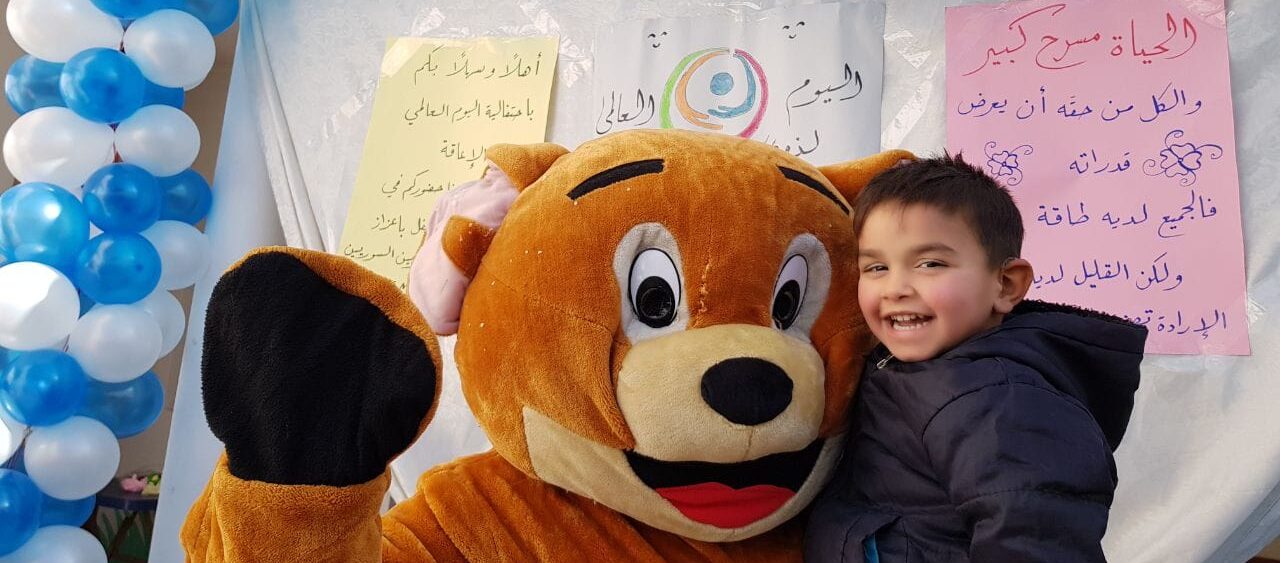Definition of Child Labor
Child labor is defined as the exploitation of children and their employment in demanding jobs that endanger their lives and impose heavy burdens on them. This practice is a flagrant violation of human rights condemned by all international conventions and human rights organizations.
History of Child Labor
Child labor has always been one of the most complex issues in human history, but it reached its peak with the start of the industrial revolution in the 18 and 19 centuries due to the increased demand for cheap labor.
It was common for children under five to be exploited and employed in mines and factories to keep costs down and increase productivity, in addition to working with heavy machinery or exposure to hazardous chemicals.
In the early 20th century, the international community began to focus on the problem of child labor and take serious measures to reduce it. Like:
- The establishment of the International Labor Organization (ILO) in 1919 to guarantee workers’ rights, especially minor children.
- Setting the minimum working age at 15 years.
- Organizing international programs to eliminate child labor.
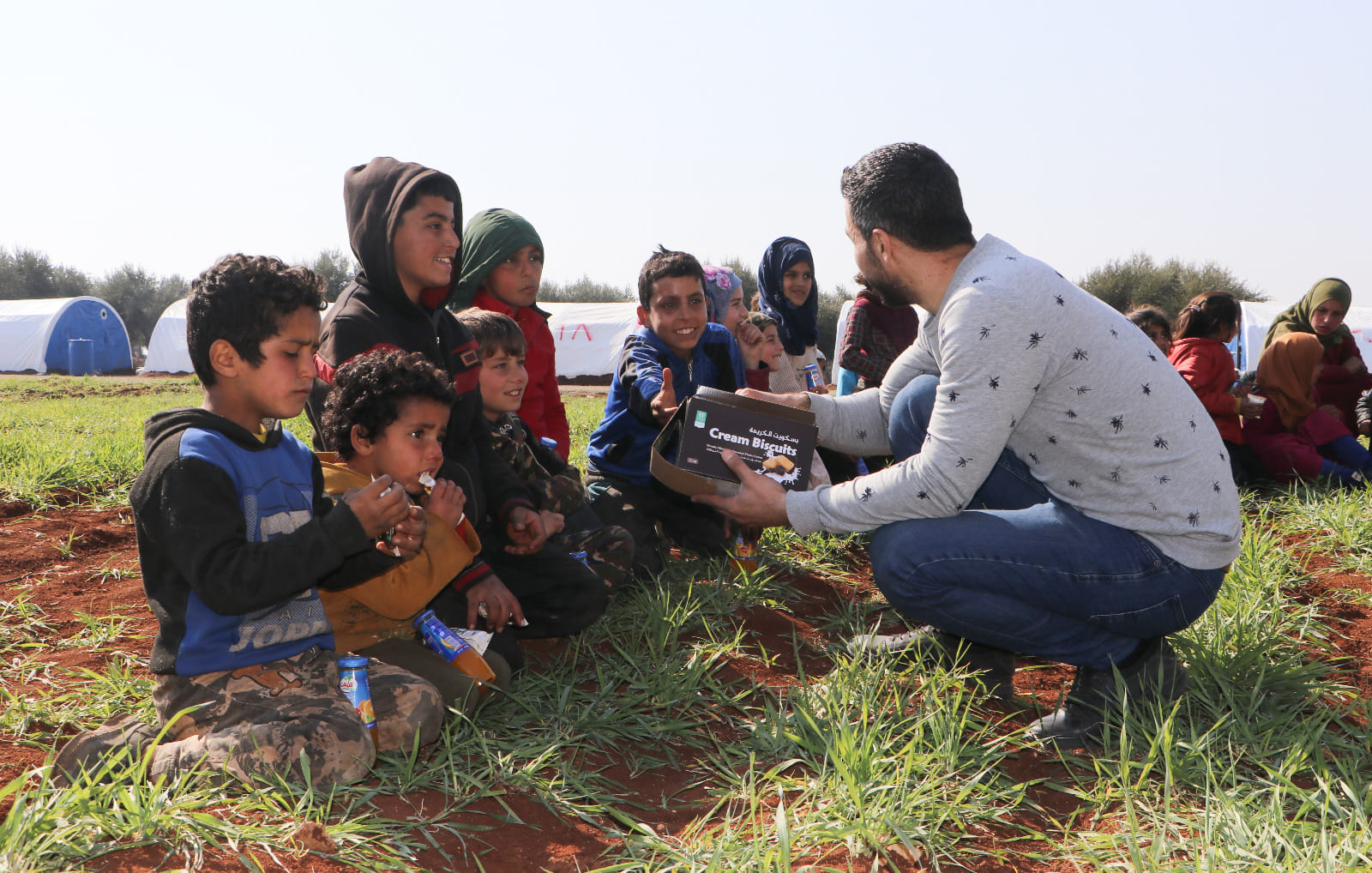
Types of Work Performed by Children
We must differentiate between child labor and the positive actions children and adolescents can do that do not affect their health and personal development, including helping their parents take care of the home and household or helping with the family business. Which contributes to children’s development and their family’s well-being; It provides them with skills, attitudes, and experience and helps prepare them to be valuable and productive members of society during their adult lives.
In no way can such activities be equated with child labor. Child labor refers to work that is mentally, physically, socially, or morally hazardous to children, like:
- Work in large factories and facilities and deal with dangerous machinery.
- Work in landfills and chemical industries.
- Work on construction sites and carry heavy weights
- Work in smuggling and contraband trade.
Effects of Child Labor
Child labor has a wide range of negative impacts on children, their families, and society, the effects of which last for decades.
Economic Consequences of Child Labor
The following are some of the economic consequences of child labor:
- Decrease in human capital: Children who are forced to work miss out on opportunities to develop their skills and abilities.
- Reduced Productivity: Children who are forced to work are often unable to work as efficiently or productively as adults.
- Child labor does not attract foreign direct investment.
- Low average wages: Child labor for long hours for little money cuts salaries in an entire country.
Impact on Education and Health
The following are the most prominent problems resulting from child labor that affect children’s health and education:
- Dropping out of education: Working children are often denied access to basic education and school enrollment, which destroys their future and deprives them of many opportunities.
- Deterioration of the child’s physical health: During work, the child may be exposed to severe injuries to one of the limbs or health problems with a long-term impact, such as respiratory diseases.
- Psychological and mental health problems: Children in factories are exposed to violence, abuse, and abuse by employers, which causes them to suffer from depression and post-traumatic stress disorder.
- The spread of the phenomenon of addiction: It is usual for children to quote what they see in a bad work environment and get used to smoking, drinking alcohol, or taking drugs!
International Laws on Child Labor
International efforts are continuing to eliminate child labor and protect them from exploitation by enacting laws and legislation limiting the spread of this phenomenon. The following are some of the critical international laws on child labor:
- The Convention on the Rights of the Child: was issued by the (UN) in 1989, as it guarantees children’s rights, protects them from all forms of exploitation, and defines the responsibilities of governments towards their children.
- Minimum Age Convention: Adopted by the International Labor Organization (ILO) in 1973, This fundamental Convention sets the general minimum age for admission to employment or work at 15 years, with a special provision for developing countries to set the minimum age at 14 years old.
- The ILO Worst Forms of Child Labour Convention: Adopted in 1999, aims to eliminate the worst forms of child labor, including all forms of slavery or practices similar to slavery, such as the sale and trafficking of children, debt bondage, and serfdom and forced or compulsory labor, including forced or compulsory recruitment of children.
- The UN Protocol to Prevent, Suppress and Punish Trafficking in Persons: This protocol was adopted in 2000 and aimed to prevent, suppress and punish trafficking in persons, especially women and children.
The Role of NGOs in Combating Child Labor
Responsibility for reducing child labor lies with all segments of society, and non-governmental organizations play a crucial role in combating this phenomenon.
The essential activities of NGOs that can help in this are:
- Raising awareness about the issue of child labor and its negative impact on the future of children and their families.
- Supporting those affected by providing health care, food, and education services.
- Advocating for changing child labor policies and imposing strict laws to reduce it.
- Addressing the social problems and causes behind child labor, such as poverty, ignorance, and unemployment.
- Monitoring exploitation cases, reporting any kind of violation of children’s rights, and punishing the perpetrators.
- Cooperate with government agencies and civil society organizations to eliminate child labor.
Benefits of Ending Child Labor
The elimination of child labor has many social and economic benefits that will contribute to the prosperity of society, and its impact will last for successive generations.
Despite the high costs needed to combat this phenomenon, a study conducted by the International Labor Office (ILO) indicated that the benefits of eliminating child labor would be almost seven times greater than the costs!
Challenges to Ending Child Labor
Despite all the international and domestic efforts to eradicate child labor, some 160 million children worldwide still suffer from harmful work; This is due to a set of challenges and difficulties that prevent the achievement of the goal, which are:
- Poverty: is the main reason that pushes children toward dangerous labor. We cannot prevent a hungry child from doing so without securing a living that fills his stomach.
- Customs and traditions: Child labor is considered normal and not a problem in some cultures, and changing mentalities and concepts about it isn’t easy.
- Wars, conflicts, and natural disasters: Children are often exploited during wars and disasters, as it is difficult to reach those areas and provide protection.
- Weakness of the role of governments: Despite the international community’s endorsement of the prohibition of child labor, some countries do not carry out their duties regarding this issue.
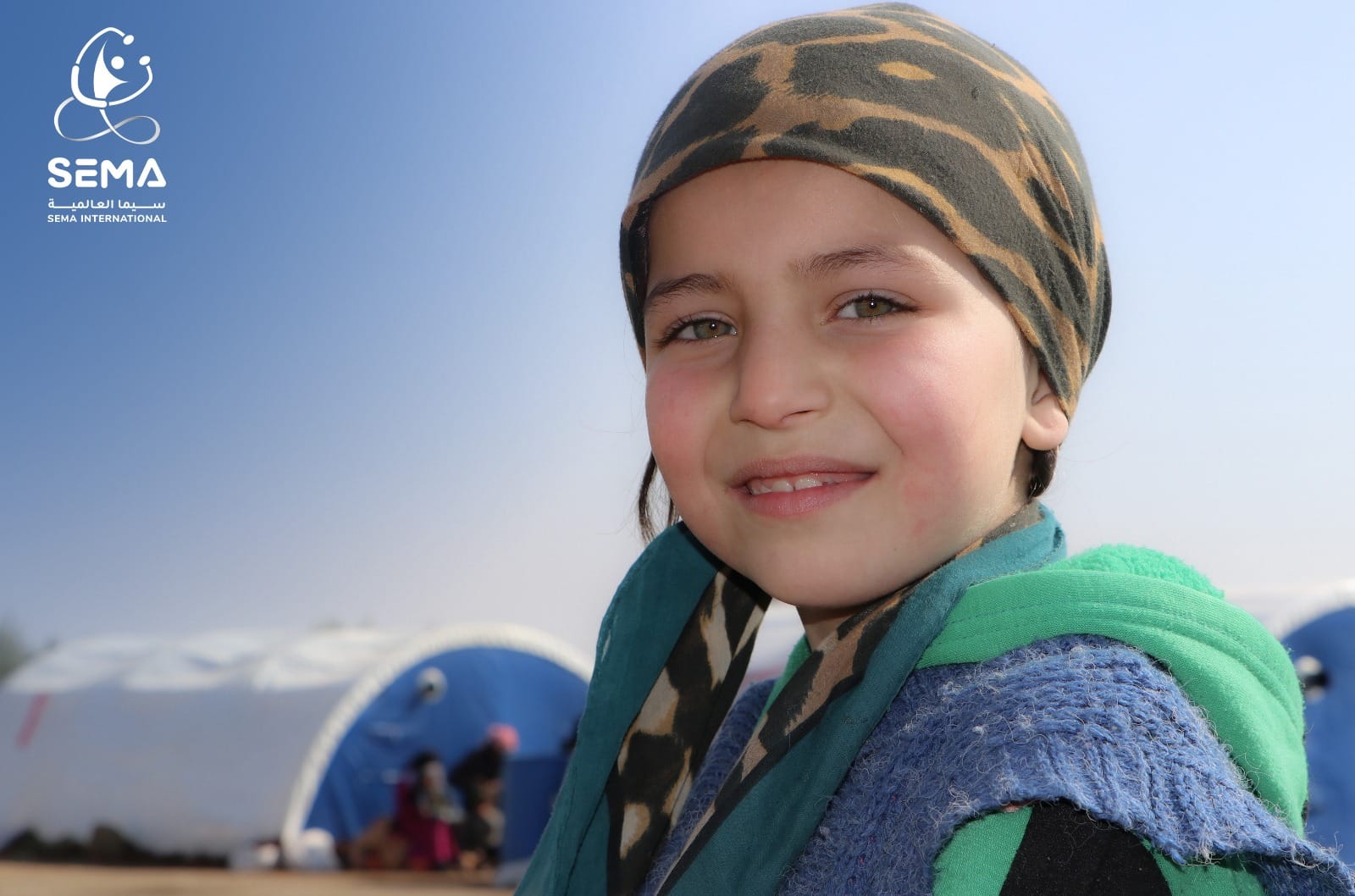
What is the Role of SEMA in Combating Child Labor in Syria?
Child labor is a serious problem that is considered one of the negative consequences of the war in Syria. To this end, SEMA has been directing its resources toward eradicating this phenomenon by applying several effective measures. Such as launching awareness programs to educate society about this problem and setting up psychological and emotional support programs and services for the affected children and their families. You can support our efforts now through your donations to SEMA’s protection program to fight child labor.
FAQ
What is Child Labor?
Child labor is the exploitation of children and their employment in harmful work, depriving them of their childhood and preventing them from attending school, which causes them physical, psychological, and social harm.
When Was Child Labor Banned?
The International Labor Organization (ILO) promulgated the Minimum Age Convention in 1973. This core agreement sets the general minimum age for admission to employment or employment at 15, with a special provision for developing countries to set the minimum age at 14.
Is Child Labor illegal?
Yes, child labor is illegal in most countries if it poses a mental, physical, social, or moral danger to children or prevents them from completing their education and well-being.
Why Did Child Labor Happen?
Child labor has been a complex historical problem, driven by a variety of factors that persist today, such as:
– Poverty.
– Customs and traditions.
– The greed of employers.
– Lack of education.
– The Industrial Revolution increased the demand for cheap labor.
– Wars and disasters.

